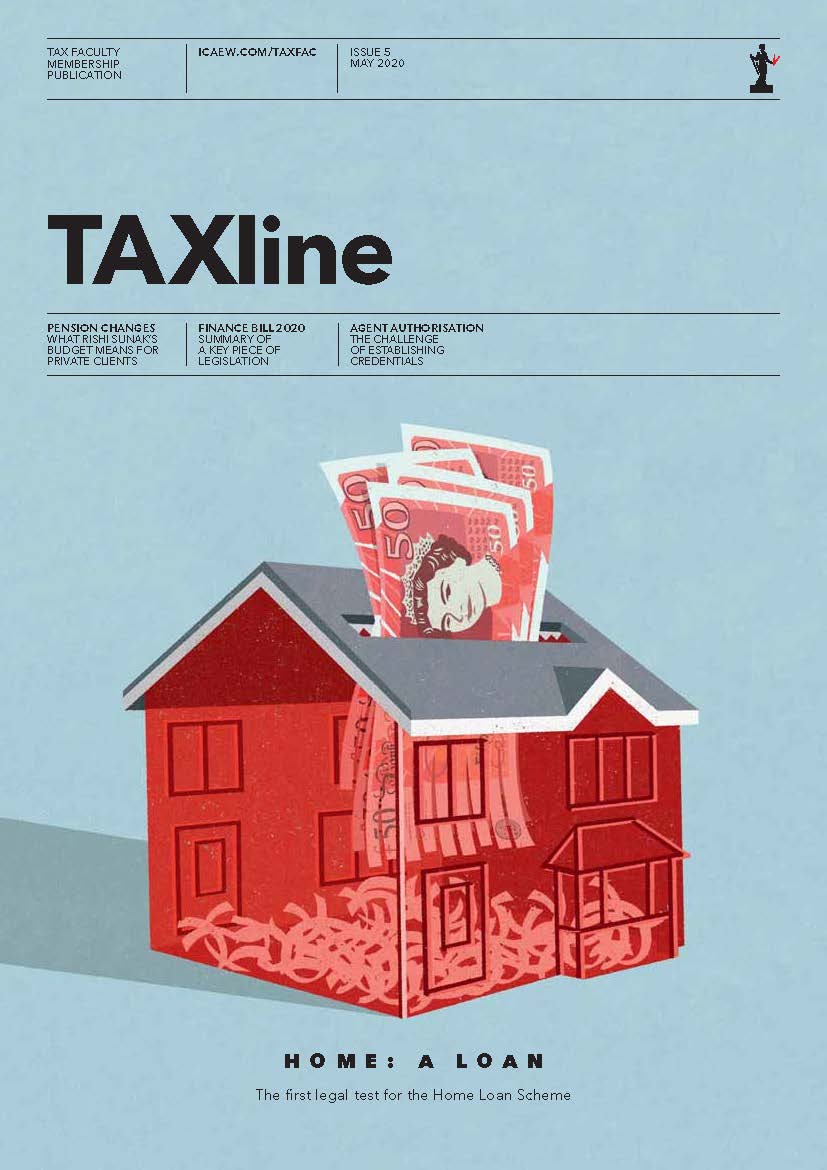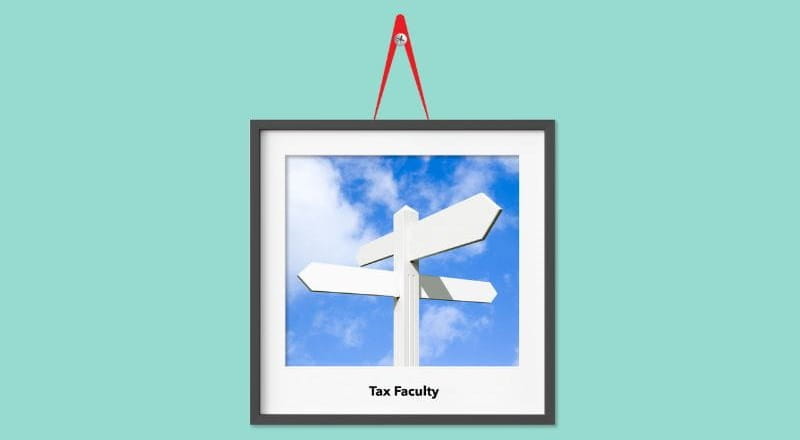Contributing to your CPD?
If this article is supporting your professional development, it can count towards your verifiable CPD hours. Use the pop up at the bottom right corner of your screen to add reading this article as an activity to your online CPD record.
In 2023/24, there has been a mid-year change in the main rate of class 1 primary (employee) NIC. The primary rate decreased from 12% to 10% with effect from 6 January 2024. This rate applies between the primary threshold (PT) and the upper earnings limit (UEL).
The ‘main primary rate’ (also known as the blended rate) for company directors in 2023/24 is 11.5%. Directors subject to the married women’s or widow’s reduced rate have a blended rate of 5.35%.
Directors’ NIC should be calculated on an annual basis, using a pay period of a year, known as an annual earnings period (AEP). This means that NIC are calculated based on cumulative earnings in the tax year.
To simplify in-year calculations, directors who are paid a salary in regular instalments throughout the year can initially be paid under deduction of class 1 NIC at the same rates as employees and using actual pay periods. This is known as the ‘alternative method’.
The alternative method does not change the fact that all directors have an annual earnings period. A director paid using the alternative method is subject to the final payment being subject to NIC using an AEP (ie, using the whole year’s figures).
The following rules apply to directors who are appointed or resign during 2023/24:
- a director in post on 6 April 2023 who resigns during the year still has an AEP (see para 22, CA44 NIC for Company Directors (CA44 NIC)); and
- a director appointed during 2023/24 has a pro-rata AEP. This means that the various NIC thresholds are reduced on a pro-rata basis.
The pro-rata AEP covers the week in which the director was appointed and the remainder of the tax year. The pro-rata AEP is calculated as if there were 52 weeks in the tax year. If the director is appointed on 4 or 5 April 2024 (which will be week 53), the pro-rata AEP is one week on a 1/52 basis. This is explained at para 23-24, CA44 NIC. Additionally, there is a helpful table on page 31 of that guide which sets out for each week of the year the number of weeks in the pro rata period and the pro-rated thresholds.
The main primary NIC rate to apply in the annual calculation is the 11.5% blended rate (or 5.35% if applicable) – even for directors who have a pro-rated AEP.
If the alternative method is used in 2023/24, calculations should be made as follows:
- payments made between 6 April 2023 and 5 January 2024 are liable to NIC at 12% on amounts between the PT and UEL; and
- payments between 6 January 2024 and 5 April 2024 are liable to NIC at 10% on amounts between the PT and UEL; but
- this is subject to NIC at the time of the final payment being calculated on the director’s total earnings for the tax year at the blended rate of 11.5% using an AEP (or pro-rata AEP).
This is explained in further detail in para 6–9, CA44 NIC.
Administratively, the annual task of reconciling the NIC paid by directors using the alternative method to the cumulative equivalents can be burdensome. Given the mid-year main primary NIC rate change, this is all the more important in 2023/24. The reconciliation process may highlight under or over-payments that have to be corrected in the final payday of the tax year.
Additional resources:
- Tax tables: TAXguide 01/23: Payroll rates in 2023/24 and gov.uk rates & thresholds for employers
- Legislation: The National Insurance (Reduction in Rates) Act 2023
The Tax Faculty
ICAEW's Tax Faculty is recognised internationally as a leading authority and source of expertise on taxation. The faculty is the voice of tax for ICAEW, responsible for all submissions to the tax authorities. Join the Faculty for expert guidance and support enabling you to provide the best advice on tax to your clients or business.
More support on tax
ICAEW's Tax Faculty provides technical guidance and practical support on tax practice and policy. You can sign up to the Tax Faculty's free enewsletter (TAXwire) which provides weekly updates on developments in tax.
Sign up for TAXwireJoin the Tax Faculty


